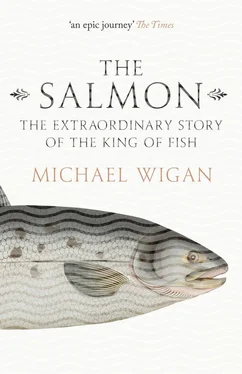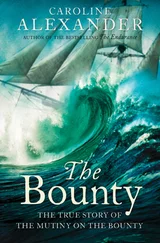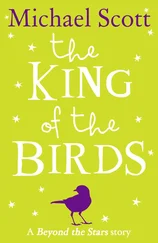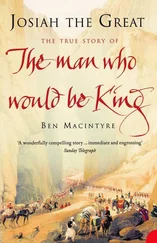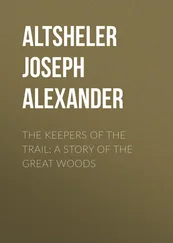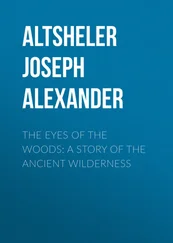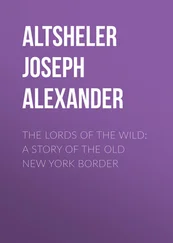Without that returning bonanza of fish which could so variously be prepared and cured and salted down, and preserved for use for over half a year later, the Pacific peoples would have had to trade, to open up avenues for the exchange of goods and generally interact with the rest of the continent in a different way. Their cultures would have changed long ago. The salmon harvest kept an undeveloped but environmentally benign culture in happy coexistence with the salmon runs for thousands of years. Up to a point, and we will revert to this later, it still does so now.
What has never been looked at is the degree to which human settlement was dictated by salmon runs. One might argue and even be able to prove that Vancouver, at the mouth of the Fraser River, was once used by native people as a salmon capture station. It is easy to imagine it; salmon are caught in Vancouver’s waterways now. Backed by the Rockies and without coastal roads and caravan routes trekking over open plains to the rear, maybe here, as was the case further north, a society existed for a long time in isolation from other trade centres, hemmed in by the mountains and living primarily on fish, most of which were salmon. Salmon were the cultural lynchpins. But maybe this is not only true in the Americas …
North European and Scandinavian cities are mostly sited on river-mouths. Mostly they were salmon rivers. Now that it is known that sea voyagers traversed the Atlantic long before Christopher Columbus, sea travel has an ancient pedigree. No one knows how, but 50,000 years ago humans crossed the water from Indonesia to Australia. Boats that could cross the ocean could cruise the coastline up and down. That may be so, but there is another reason why cities were built on river-mouths, and that is because the larder that needing filling was thus ideally located beside the conveyor belt containing the food. The food was migratory fish.
In the twenty-first century salmon cling to survival in a few rivers in northern Spain and in select French rivers down to the Spanish border. But even today the French have a delightful and powerful folk memory of ‘ le saumon ’.
One time I was sent by a magazine on a grayling fishing trip to a river in the south-west of France. It had rained stupendously, so my fishing guide and I forgot the fishing and enjoyed a repast in a dripping camping ground which was memorable for the wonderful goat’s cheese which his own flock had contributed. With little to do I looked at the rule book for local fishermen. At the back was a section on salmon fishing. To my surprise there was a long and detailed chapter delimning precisely how and when salmon could be caught and all the attendant rules. I expressed surprise to my guide that there were indeed any salmon in the river. He said casually that in fact there were not; the chapter on salmon was there to satisfy just such fishermen as myself, whiling away the time and dreaming of fish that might be – dreaming of fish that only existed in different places, where there were not hydro dams up and down the river, and where pollution had been addressed, and where water-flow permitted their existence. Perhaps only in France would you find that chapter about a fish from another place, but it rather enhanced the occasion for me.
Next day we got back to the action on the grayling and I thought several times of the possibility that somewhere on this river, sometime, there could be salmon again too. The concept had become embedded. The salmon as a cultural entity had a significance despite being absent as a living fish.
The Atlantic salmon has been a lifeline of survival for early Man since the Stone Age. As G.E. Sharp, counterpointing survival with angling, said in 1910, ‘The caveman’s necessity has become the rich man’s hobby.’ It has been, as for the north-west Pacific Indians, the most reliable source of returning protein of any. It swims into the larder voluntarily and, unlike the fleet-footed reindeer, need only be stopped from going out again. Seals are large lumps of meat easily overtaken and knocked on the head, but they only make landfall once a year for pupping and their meat is unsuitable for variable curing. No wonder some of the Pacific tribes enunciated heartfelt thanks for salmon’s bountiful re-appearance.
There is an intrinsic difficulty in firmly tying down what happened long ago in western Europe. It is known that Cro-Magnon man ate salmon from bones in middens on the River Dordogne. And the indigenous inhabitants of Scotland, the Picts, incised salmon on sacred stones, some of which survive to this day. But the food-remains legacy is not all that it might be.
One problem is that fish bones soften and disintegrate faster than animal bones; they are less durable. Where the middens full of clam and mollusc shells present an unarguable picture of shellfish consumption, salmon eating is much harder to ascertain from bone remains. Historians of Stone Age culture say that three-quarters of all animal bones were eaten by creatures, from deer down to voles, needing the calcium. This is prior to natural biological breakdown. We get only a whiff of what was consumed from rubbish deposits, even with animals and their harder bones. Fish bones are often long gone from recorders’ view.
Then there is a possible misinterpretation of the meaning of surviving bark and wicker artefacts. These are shown on the Pacific Northwest to have been used for fish capture. Stone Age historians on the east side of the Atlantic often imagine that these surviving creations were used for carrying things. They may, rather, have been used to trap fish. What were suitable materials for doing this on one seaboard may reasonably be assumed to have been suitable for the same purpose on another.
Then most of the evidence of a salmon culture determining settlement in western Europe may lie underneath the coastal cities which have grown where there were once river-mouth fishing villages. Of England’s cathedral cities, eighteen of twenty-five are on salmon rivers – either a coincidence, a practical matter relating to easier travel using water, or something to do with an easily obtained food resource. Who knows? My guess is that salmon presence played a part in human settlement locations. Salmon may have determined early settlement. If it is trouble to take the food to the people, take the people to the food.
If you deduce early diet from drawings and rock art depictions, fish appear as well as deer. Perhaps the fact that the hides of deer were vital for clothing made deer more integral to survival, but in London’s Victoria and Albert Museum there is a woman’s marriage coat described as of the Gilyak tribe from the lower Amur River in eastern Siberia, made of 60 Pacific salmon skins and dated to about 1900. On the upper back are appliqué semi-circular panels simulating fish scales. There are similar garments in other collections.
Not only were salmon skins used in ceremonial occasions, but Icelanders, inhabitants of the Gaspé Peninsular in Quebec, and the Ainu from the Kuril Islands off Japan, all used salmon skin for clothes and shoes. The Ainu used the tougher skins of spawned salmon for making winter boots. My wife, even, is in on the act. She had a business making fashionable items from salmon skins, with a customer base including celebrities. Of course she did! With its delicately inscribed, miniature, cupped ring patterns and very tough texture it is fabulous material.
Today most Atlantic salmon run rivers in only seven countries: Britain, Ireland, Norway, Canada, America, Russia and Sweden. But European rivers at one time mostly possessed salmon populations. Spain, Denmark, Portugal, France and Germany had rivers suited to salmon breeding, as did the countries round the Baltic. The Rhine, Seine, Loire, Douro, Gudena, Oder, Elbe and Weser hosted large populations of the silver visitor.
Читать дальше
